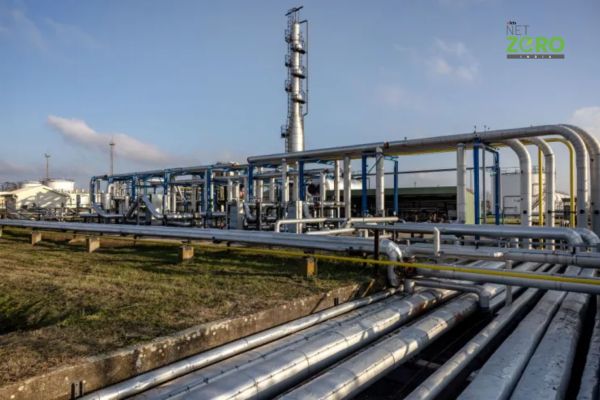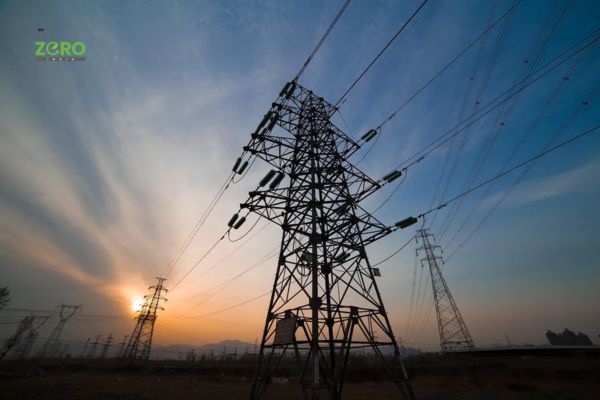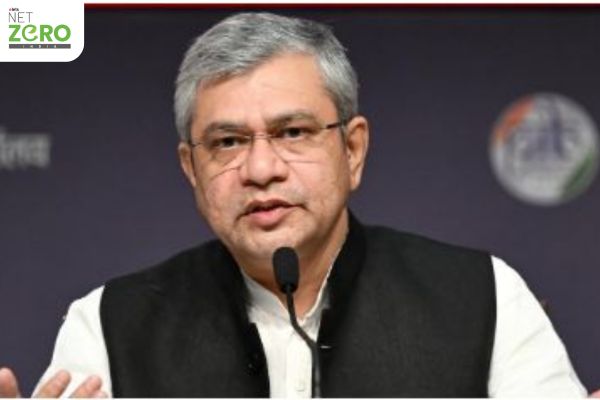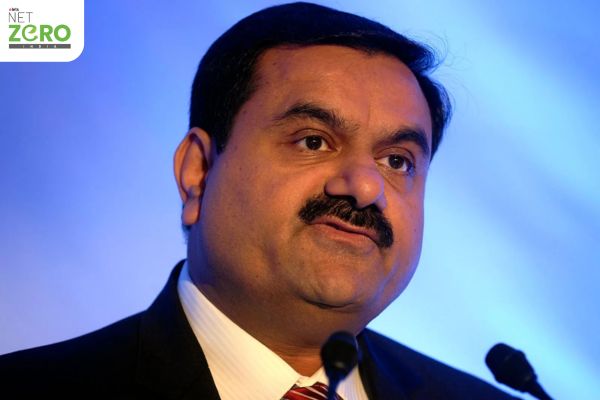
In a key shift to global oil dynamics, OPEC+ (Organisation of the Petroleum Exporting Countries) has announced it will increase crude oil production by 547,000 barrels per day (bpd) starting September, completing the rollback of its nearly two-year 2.2 million bpd production cuts. The decision comes even as India’s demand for medium-quality crude continues to rise, with projections showing an additional 1 million bpd increase by 2030, according to a report by Rystad Energy.
Brent crude futures held steady in the $68–$69 per barrel range on Monday, as markets responded to the OPEC+ supply hike and anticipated potential US sanctions targeting Russian oil buyers from August 8. Russia has largely diverted its oil exports to China and India, who have become the top recipients of its discounted crude amid ongoing Western sanctions.
India Pushes Back Against Western Criticism
India has firmly rejected criticism from the US and EU over its continued Russian oil imports, labeling it “unjustified and unreasonable.” Officials argue that China and even the European Union import more Russian energy than India does. The Indian stance highlights the geopolitical tightrope between energy security and international pressure.
“Whatever metric or dashboard you look at, the market currently lacks clear direction, with uncertainty lingering as the US prepares potential measures against Russia and buyers of Russian oil,” said Mariano Alonso, VP – Commodity Markets Analysis at Rystad Energy. He added that India and China are unlikely to alter their buying patterns, while OPEC’s output hike provides short-term relief to oil markets.
India’s Rising Crude Needs and Import Dependence
India’s oil consumption has surged by nearly 1 million bpd over the past decade, and is expected to rise by another 0.8 to 0.9 million bpd by 2030. Current refining capacity of 5.5 million bpd is on track to exceed 6 million bpd by 2029. However, domestic crude production is in decline, forecasted to dip below 0.5 million bpd by the end of the decade.
This makes India heavily dependent on imports, which are broken down by crude type as follows: 60% Medium Sour, 30% Light Sweet and 10% Heavy Crude.
Russian oil falls into the medium sour category, where demand is projected to grow substantially. Rystad Energy noted that limited supply from other nations due to sanctions and OPEC+ constraints has solidified Russia’s role in India’s energy mix.
“In a hypothetical scenario where the US produced medium sour crude, India would likely have sourced more oil from the US instead of Russia,” Rystad said. However, the US mainly exports light sweet crude, which India already produces and has lesser need for.
Impact of Potential US Measures
Despite complying with the EU’s price cap, India, China, and Turkey have continued importing Russian oil without breaching sanctions. However, reports of stricter US enforcement—targeting India but not China—have raised concerns over the selective application and efficacy of such measures.
Should enforcement tighten, India could shift toward Middle East OPEC+ producers, while China may absorb a larger share of Russian supply. Rystad highlighted a potential bearish scenario for oil prices—similar to late 2018—if a combination of higher OPEC+ output, weakening demand, refinery maintenance, and geopolitical easing (e.g., a Russian ceasefire) materializes. However, such a scenario currently holds low probability, and OPEC+ remains well-positioned to recalibrate output if needed.
Be a part of Elets Collaborative Initiatives. Join Us for Upcoming Events and explore business opportunities. Like us on Facebook , connect with us on LinkedIn and follow us on Twitter, Instagram.
"Exciting news! Elets technomedia is now on WhatsApp Channels Subscribe today by clicking the link and stay updated with the latest insights!" Click here!













